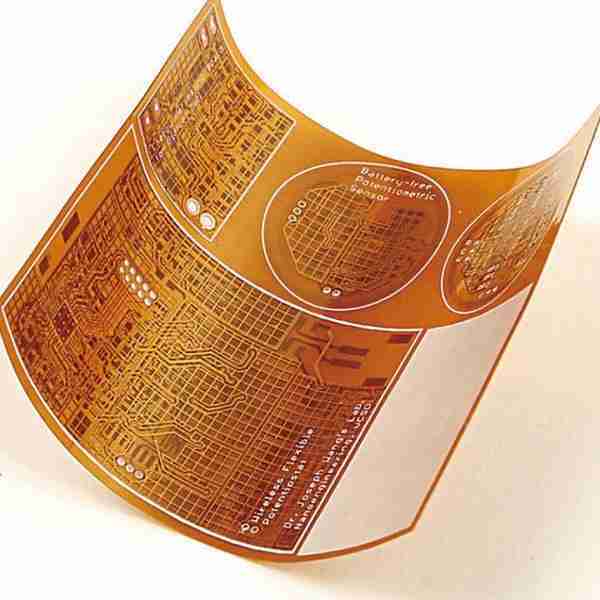Fitness wearables and medical devices (including wearable and implantable medical devices) have become increasingly popular, and these markets are forecast to grow over the next few years. They have something in common: most of them require flexible printed circuits. We tell you why flex PCBs are used in medical devices and wearables.
But, as new technologies emerge, new design challenges arise. We carefully study some significant design trends to help companies move forward in this area.
The big picture
From a general perspective, when companies seek to design health-related wearables and medical devices, there are two extensive issues to keep in mind: purpose and usability.
Application
First, a medical device or wearable must achieve a valuable and clear purpose. It may seem obvious, but wearable startup companies often start with solutions. Instead, wearable and medical designers should begin by identifying and understanding existing clinical challenges that their devices will solve or alleviate.
Ease of use
Likewise, medical devices, and even more importantly, wearables, need to make sense. Wearables and medical devices have different design standards and are designed from a different perspective than smartphones. Many designers view wearables in the same light as they do smartphones. Simply put, this approach is not feasible. Wearables and medical devices require more precision and specialization and have unique physical requirements. Focusing on usability is essential to ensure that the device provides definitive value and utility.
Physical considerations
After completing the project details, the focus shifts to conceptualizing and turning your goals into reality.
With the concept, the problem becomes reality. When it comes to wearable technology and medical devices in the healthcare field, two areas need special attention.
Miniaturization
To shine in this field, you need to think small. A primary trend in medical devices and wearables is miniaturization – These gadgets need to be as small as possible while performing their designated functions reliably. Many companies now aim to minimize the size of electronics. It is effectively invisible to individuals.
If you want to think big, you need to think small.
Flexibility
Just as importantly, companies in this area need to solve the difficulties of designing for flexibility. Wearable devices often have to withstand more bending and multiple scenarios than most electronic devices. Flexibility is particularly challenging for designers in the healthcare field. In the past, it has not been a primary consideration for medical electronics. As the MDDI report highlights, most of these devices used to be larger and more rugged. It is changing as wearables and implantable medical devices become more popular. Unlike their rigid PCB alternatives, flex and rigid-flex circuit boards are more durable, more heat-resistant, and (you guessed it) more flexible.
Flex PCB in the Medical Industry
These physical requirements make flexible printed circuit boards a natural fit for wearables and medical devices in the healthcare sector.
“With the development of wearables in the medical device field, two-dimensional electronic circuits are no longer ideal. Devices with interconnected moving parts or sensors fixed to the patient require flexible printed circuits.”
Flexible PCBs have the advantage of being more flexible than rigid PCBs, but they can also be smaller, lighter, and more durable. These make flexible PCBs ideal for wearable technology.
Flexibility is critical for healthcare wearables.
Of course, there are many design decisions for flexible PCBs, and designers in this field must consider elements unique to healthcare devices. For more details on the guidelines and rules for a specific design, you need to understand what category and type of flexible board your board belongs to.
Flexible PCBs in medical devices offer as much or more reliability than rigid alternatives and supply huger durability. Instead, the question is making the right design choices with flexible PCBs. An obvious example is the question of which manufacturing category to use, given the specific nature and purpose of the wearable or medical device.
Flexible PCB Challenges and Requirements for Wearable Technology
In a recent interview, flexible circuit experts discussed emerging use cases for wearable devices, including functional devices designed for military personnel and medical professionals, such as heart monitors. In addition, he noted that flexible PCBs continue to evolve so that they can be used in the medical industry for applications, including drug delivery systems and watches. They can monitor circulatory and respiratory system data and send it to the wearer’s cardiologist.
High-quality one-stop PCB assembly service: In terms of the flexible PCBs in these devices, the small scale required for ordinary flex applications means that everything inside is getting smaller and smaller, which can create some significant challenges in the PCB process.







